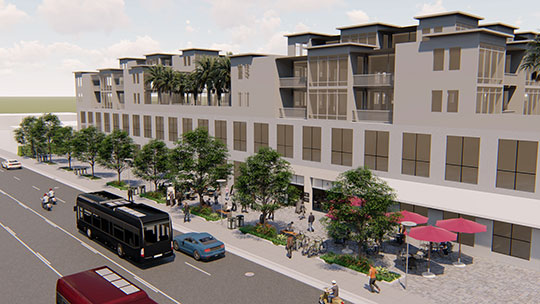
Projects

Leveraging creativity and expertise
By combining over 85 years of expertise in the Florida market with the support of our parent company, SAFEbuilt, we provide the highest levels of service, expertise, and resources to municipal organizations.
Projects
Planning and Zoning Hillsboro Beach, FL
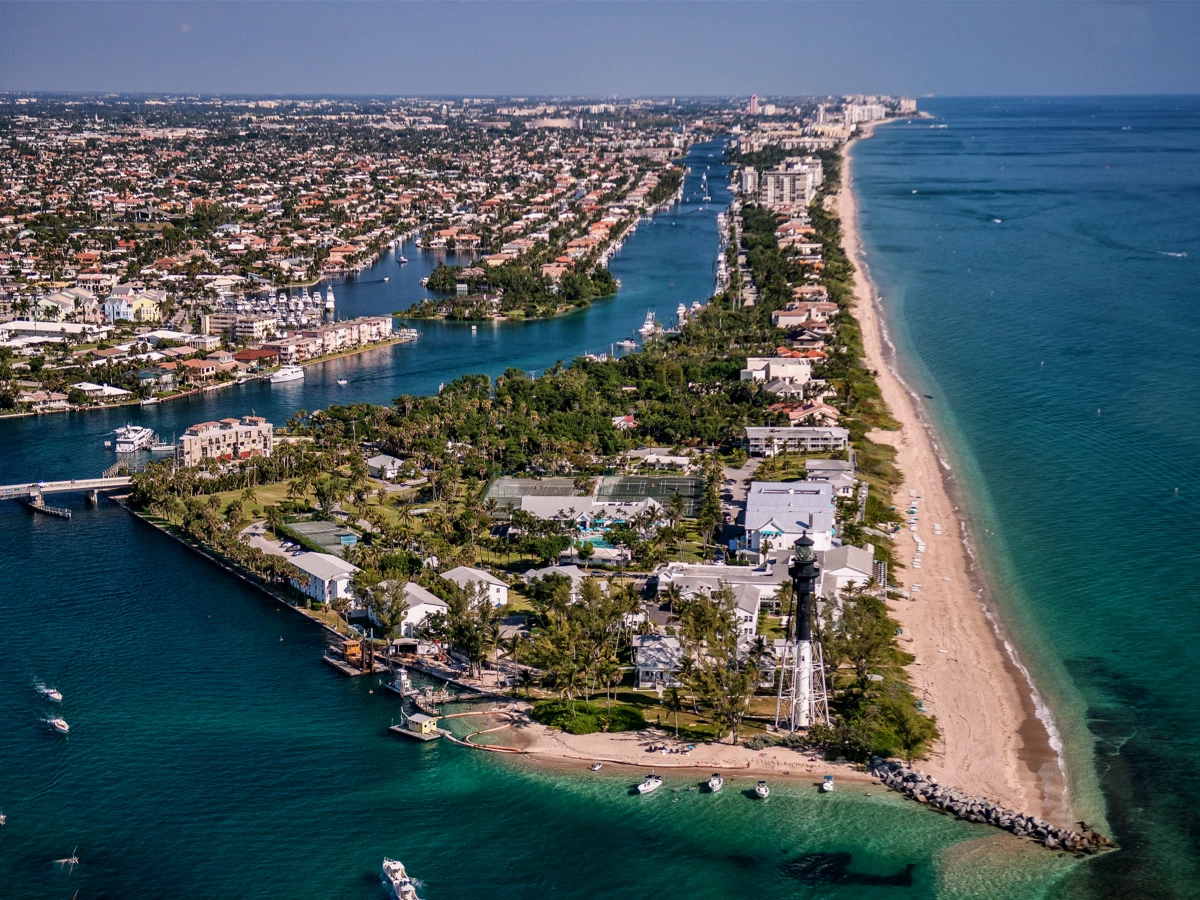
Miami Dade TPO
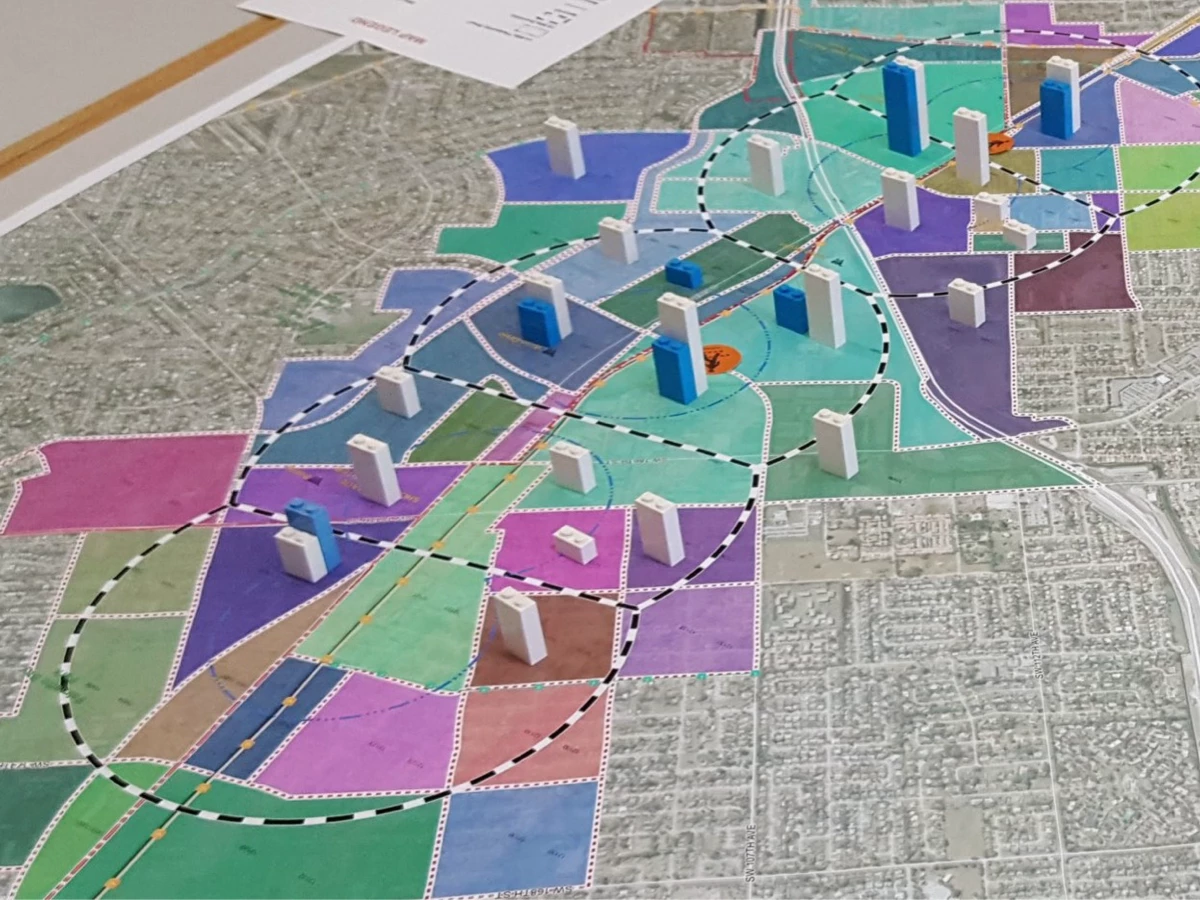
Weston, FL Comprehensive Plan
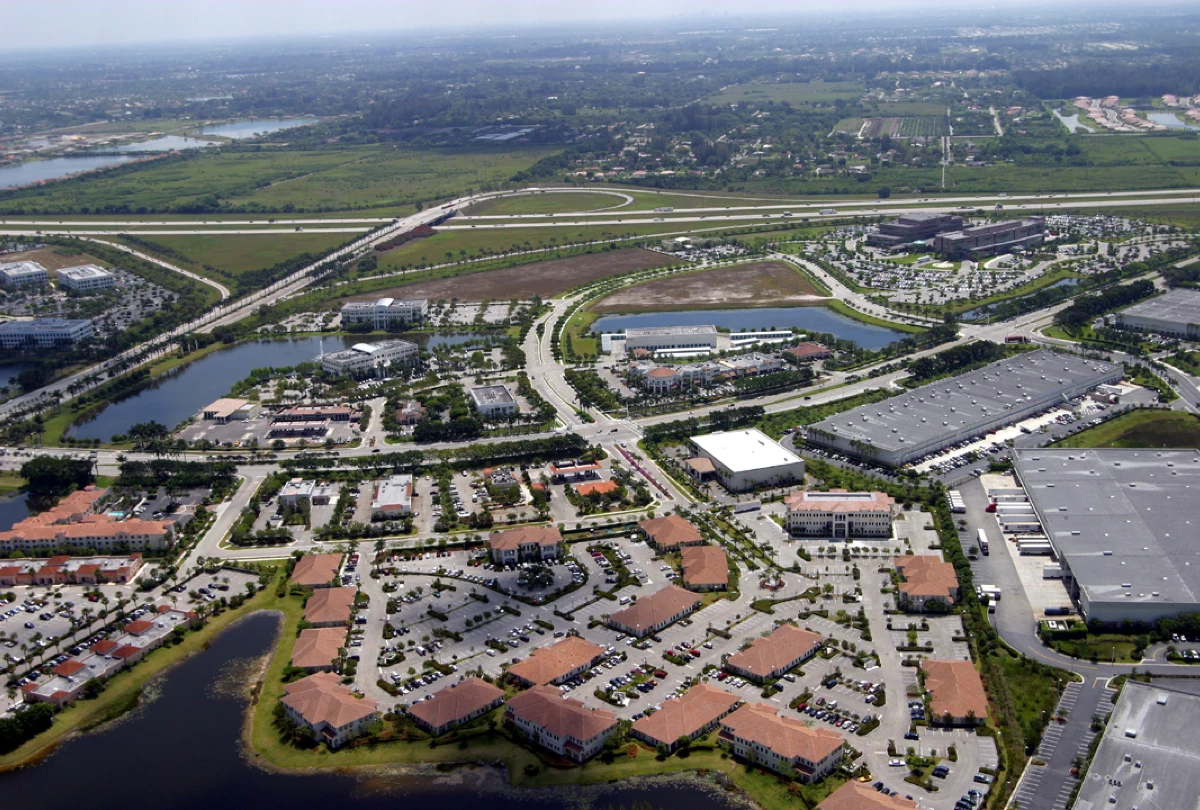
CDBG Grant Administration
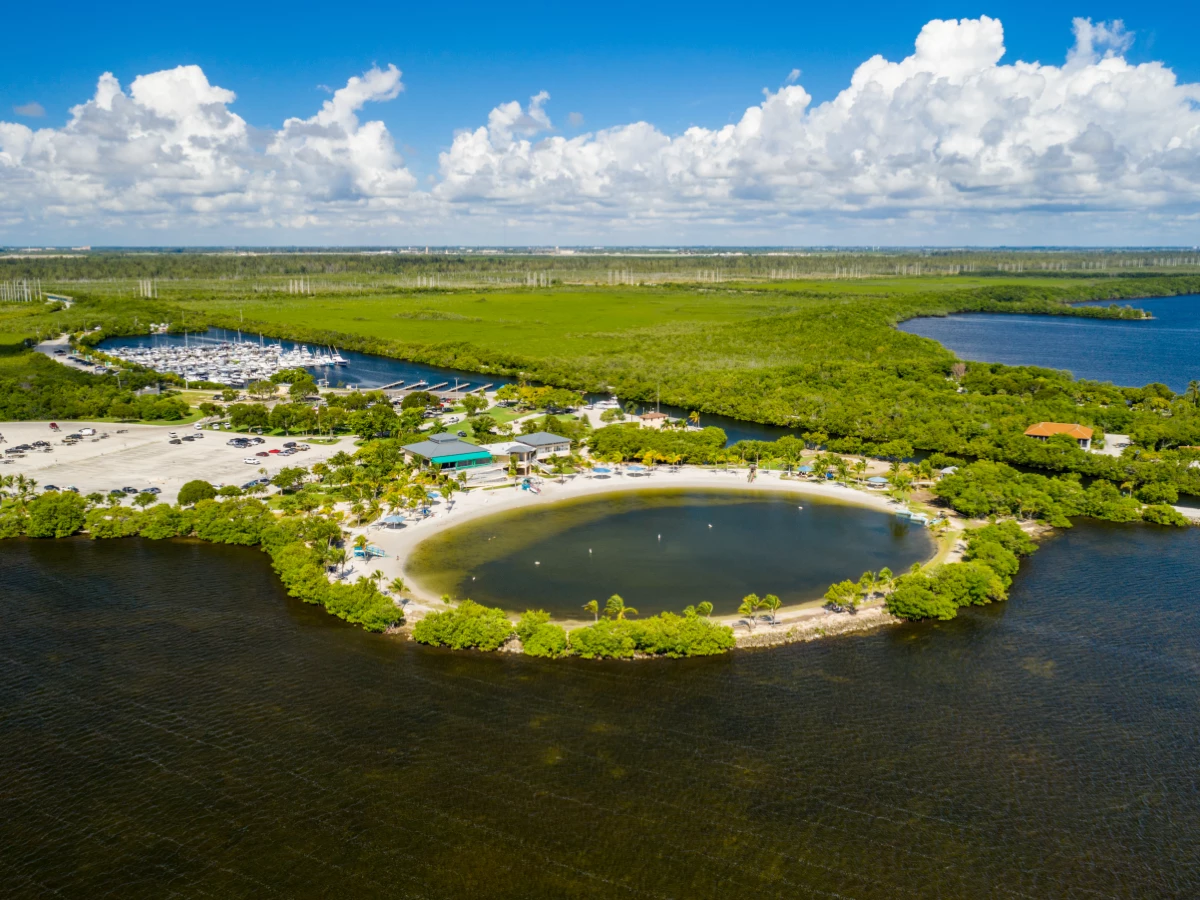
Paradise Park
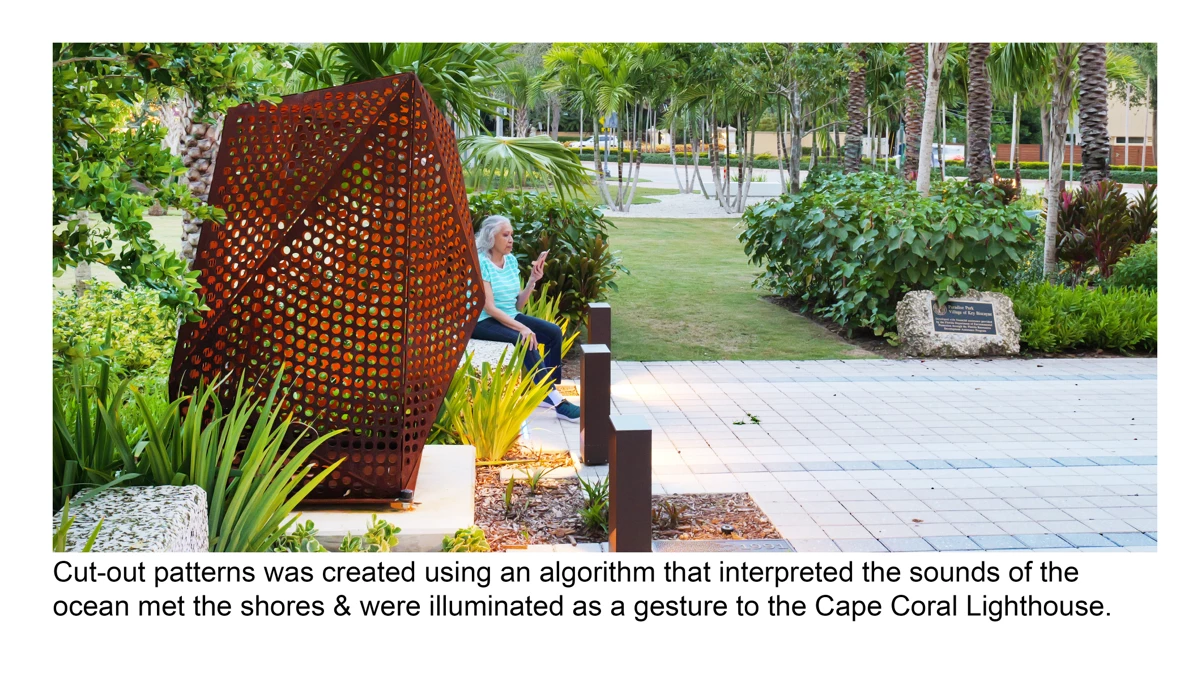
Miami Beach Recreational Corridor (MBRC)
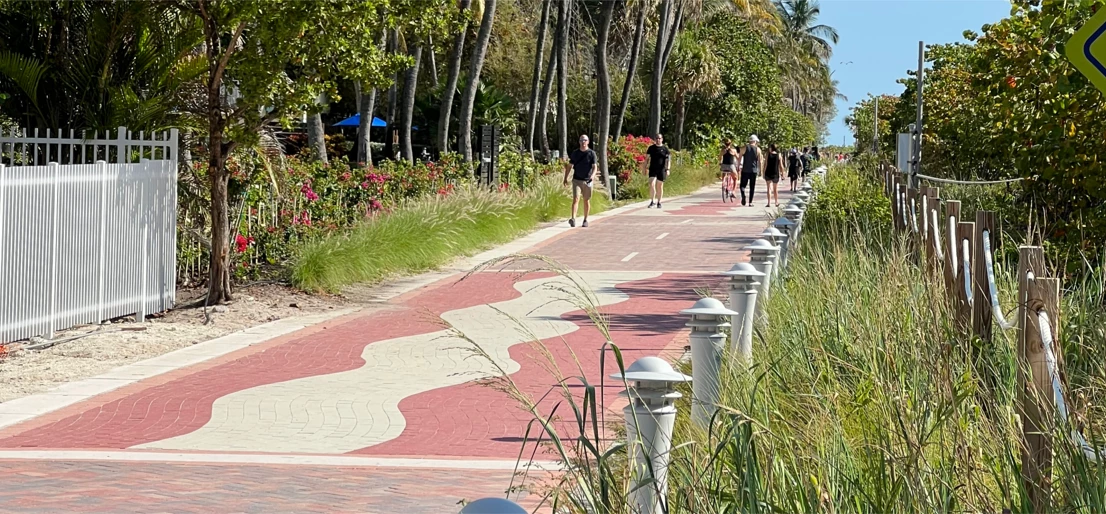
Antelope Creek Park
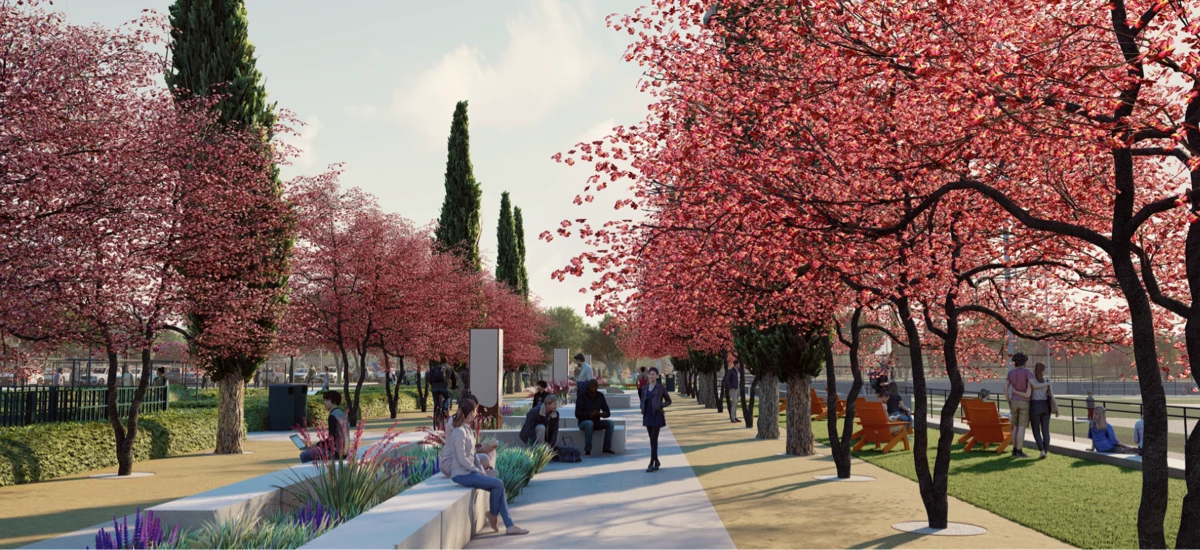
Pine Island Park Improvements
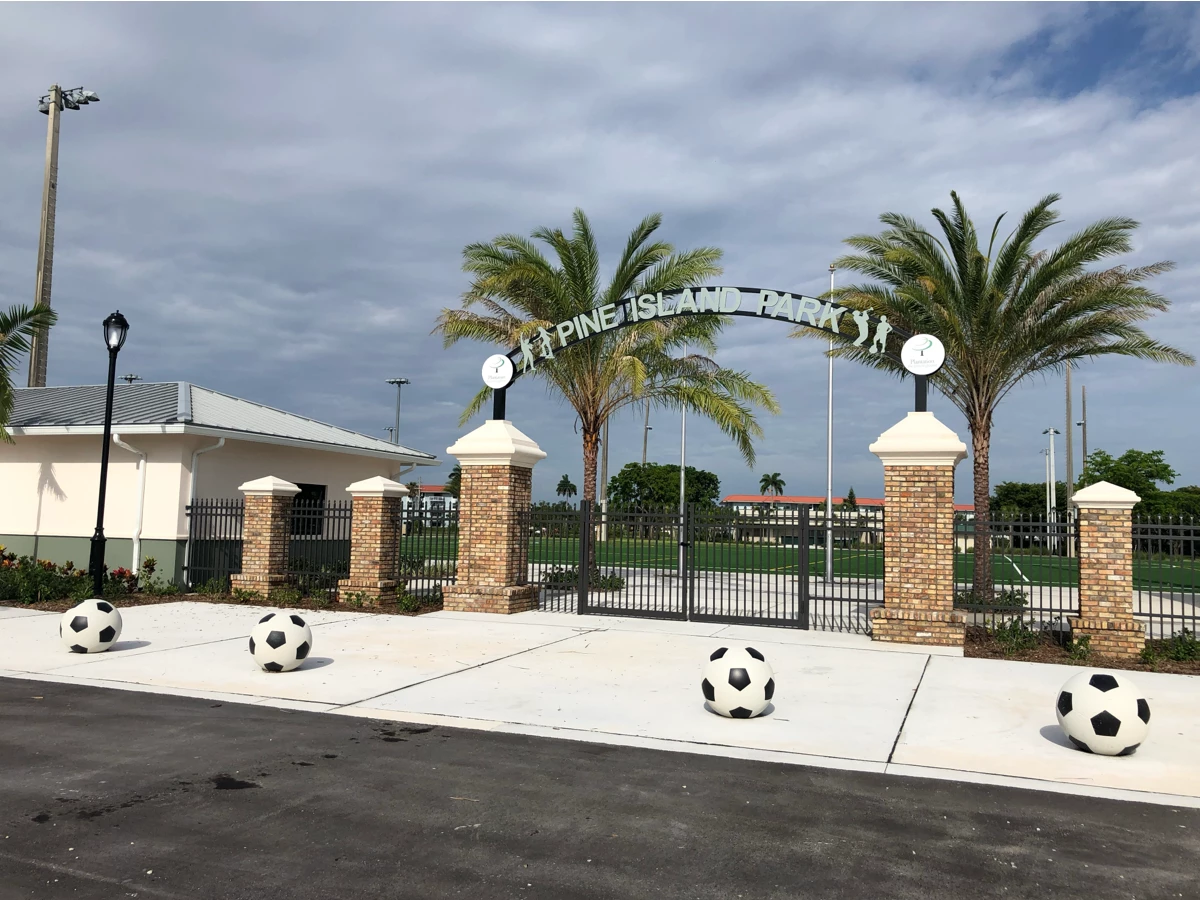
Broward County Highway Construction and Engineering Division
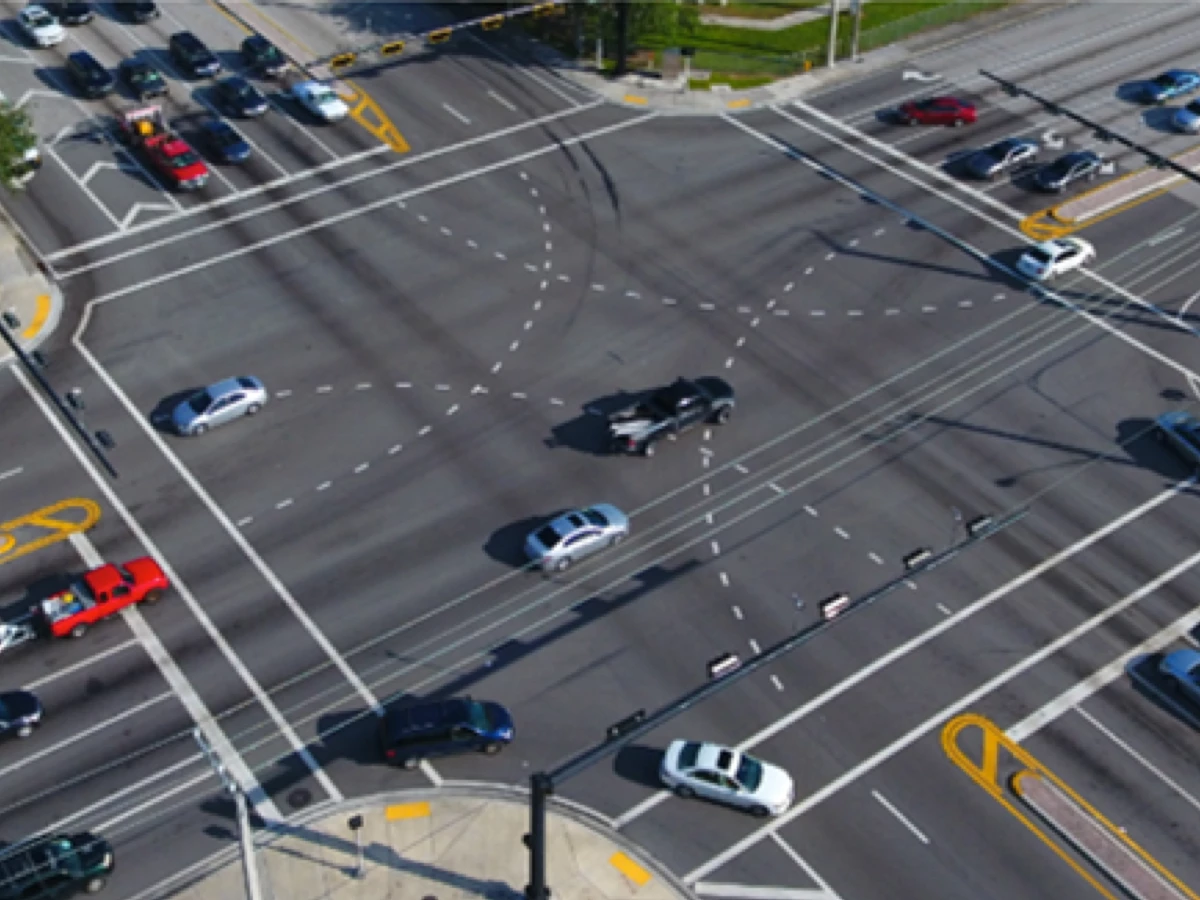
Cattlemen’s Square Landscape Architecture and Urbanism
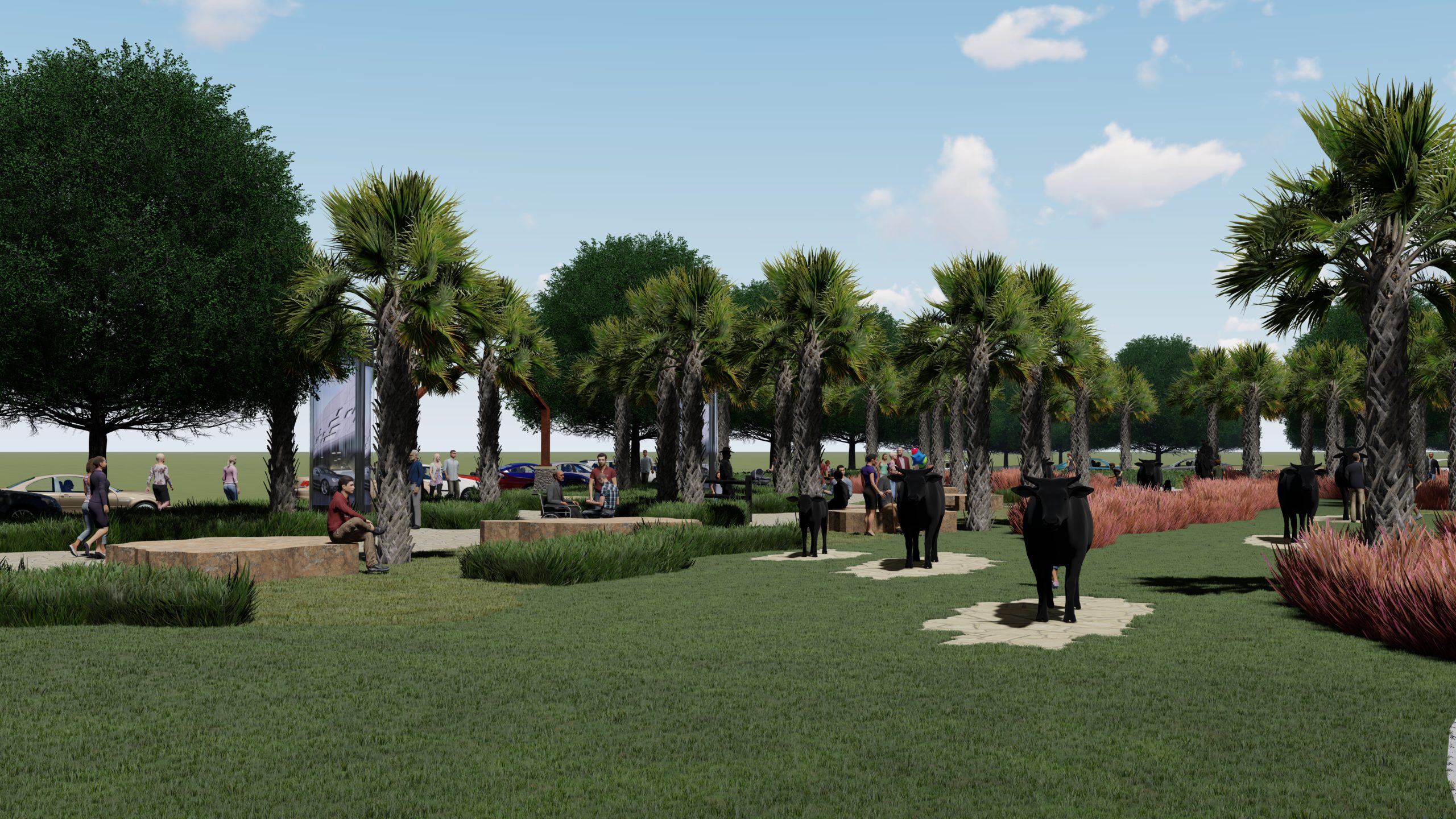
Wilton Drive Conceptual Streetscape Design
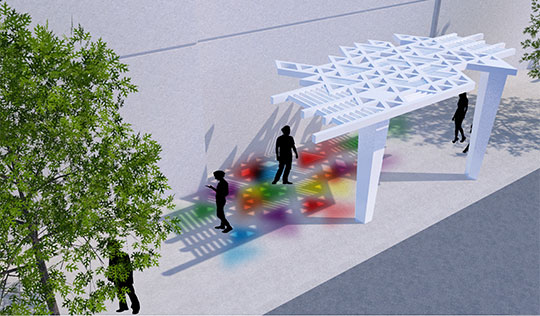
Lloyds Estates Resiliency Demonstration Project
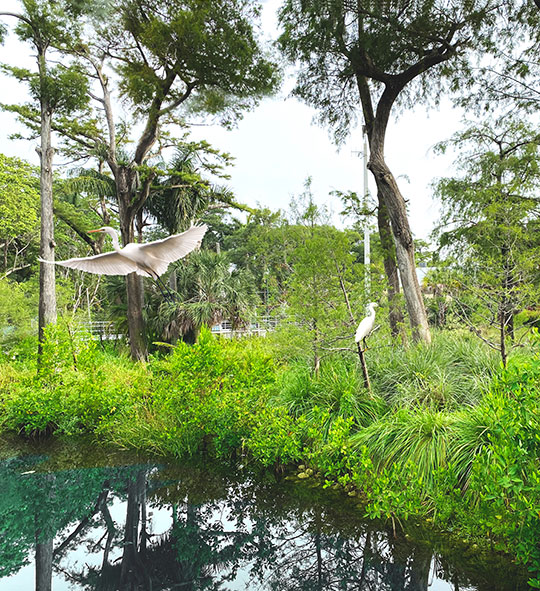
Miami Beach Recreational Corridor Phase II

Broward County EOC Library Park Master Plan
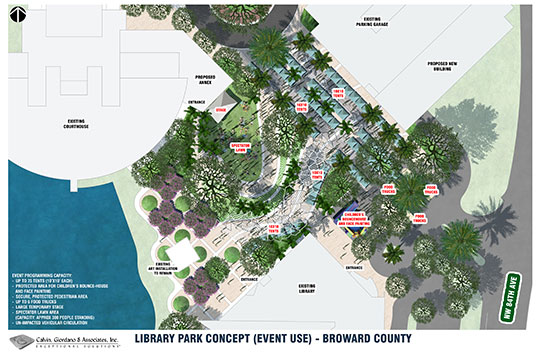
Doral Boulevard Streetscape Master Plan
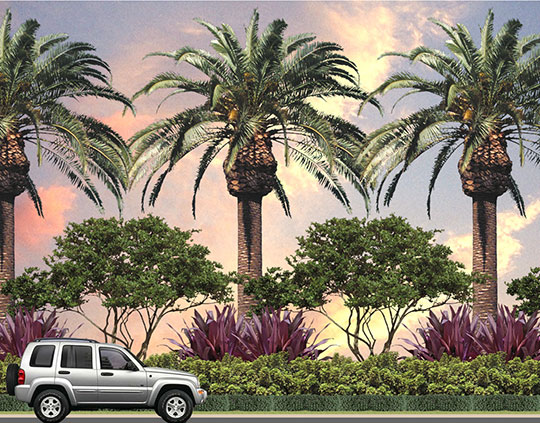
Fire Station Commemorative Plaza
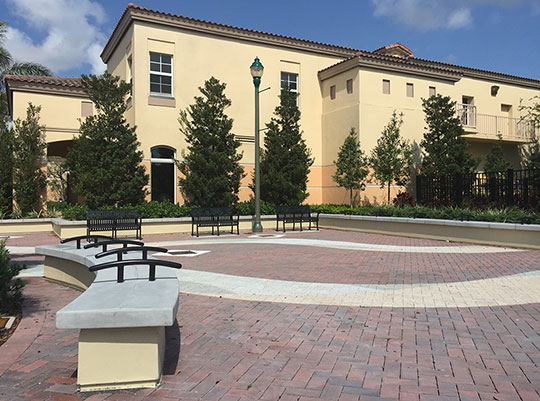
Shops at Pembroke Gardens
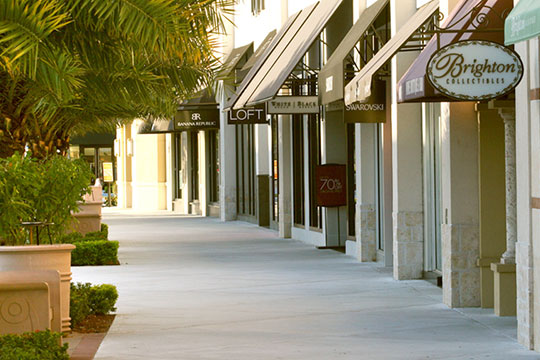
174th Street Bridge Park Conceptual Design
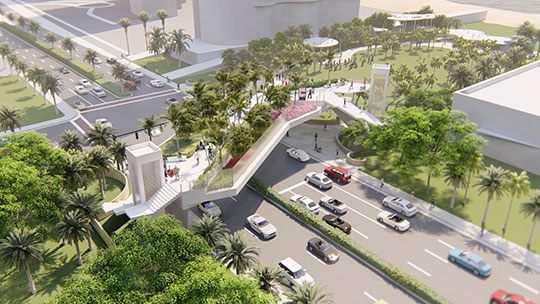
Saddle Club Road Roundabout
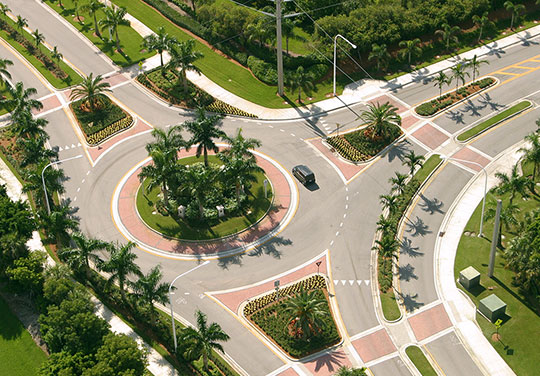
92nd Street Park
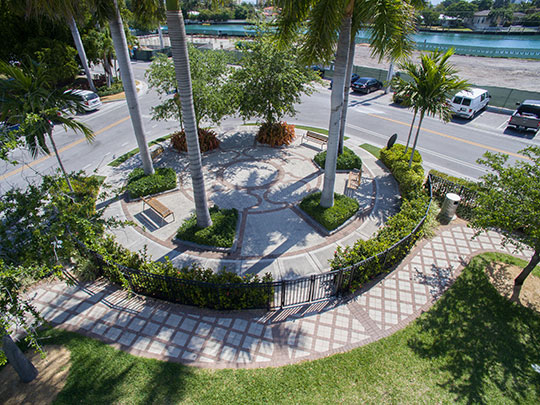
Sombrero Beach Park
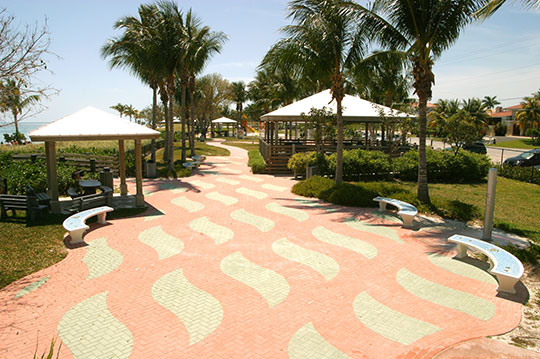
Rolling Oaks Park
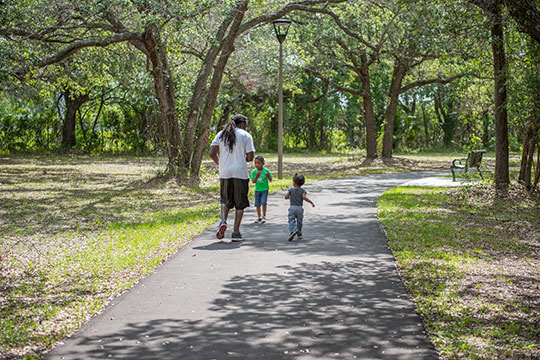
Delray Beach SW 9th Avenue & SW 1st Street
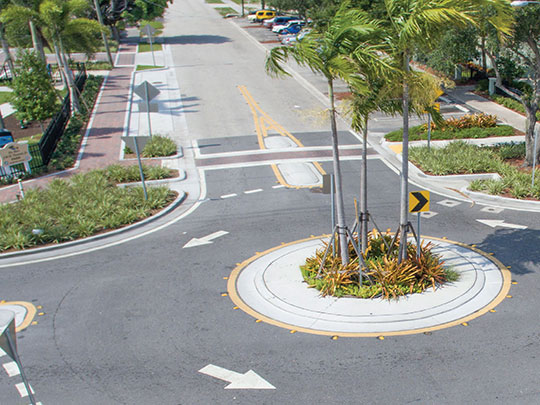
Clear Lake Trail Conceptual Design
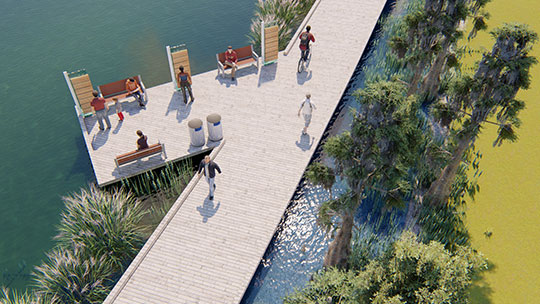
Civic Center Park
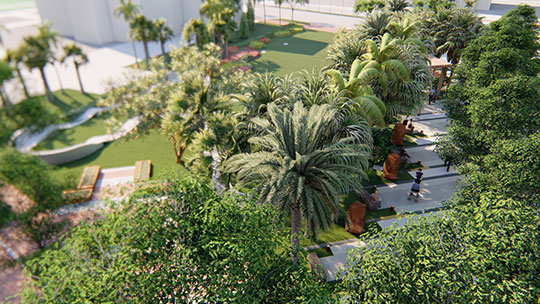
Windmill Park
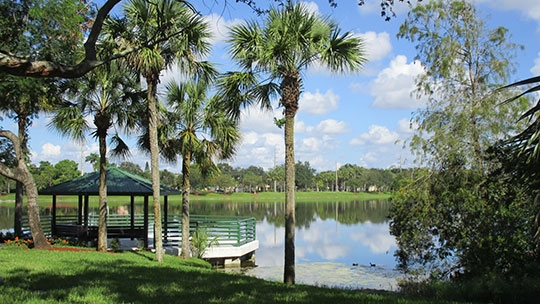
Charles E. Deering Estate Landscape Restoration
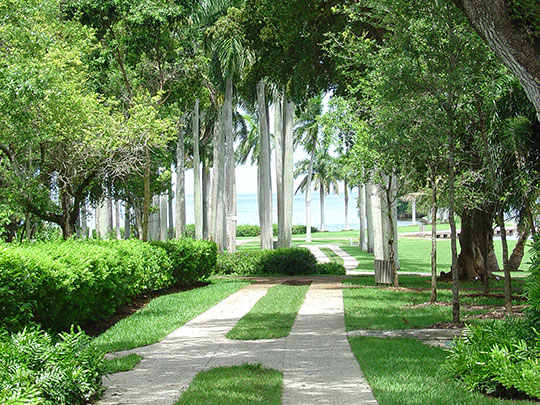
Patch Reef Park

Peace Mound Park
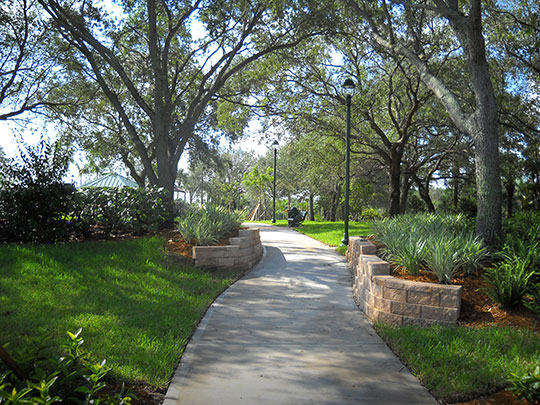
Mills Pond Park
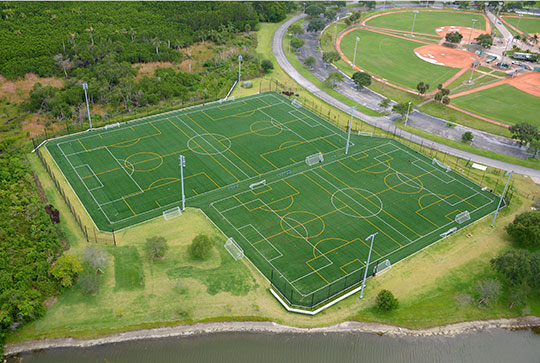
Library Park
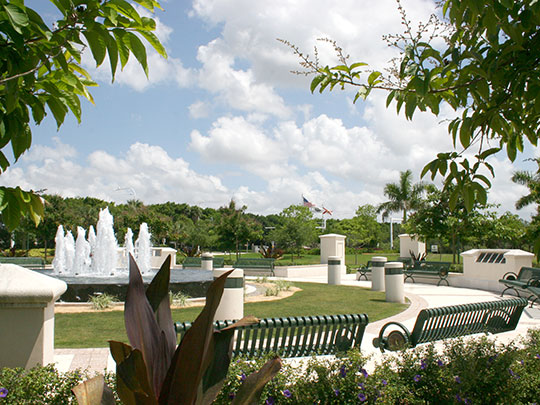
North Bay Road Pedestrian Bridge
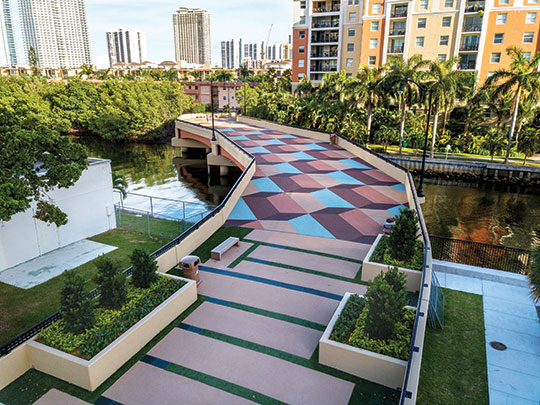
Oakland Park Station
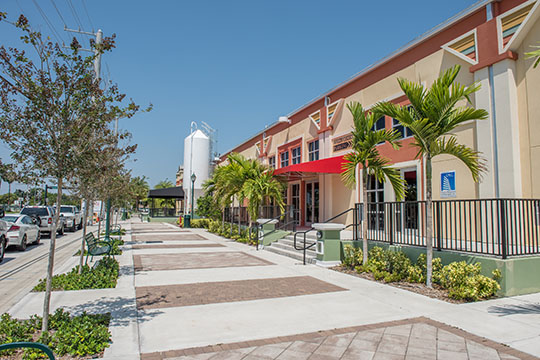
Urban Forestry Master Plan
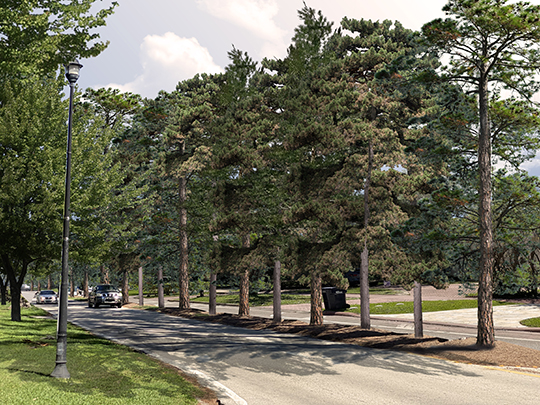
North Beach Oceanside Park
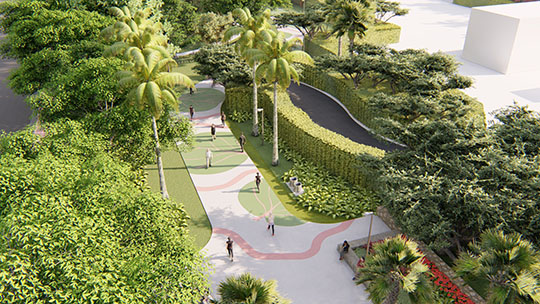
Guy Davis Community Park Conceptual Design
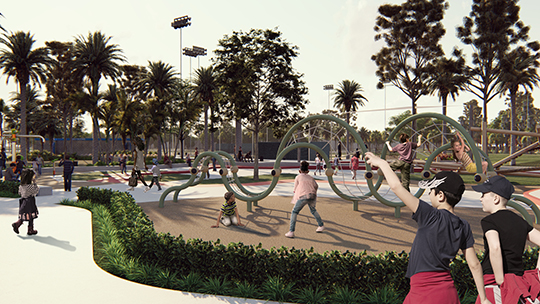
Officer Scott A. Winters Park
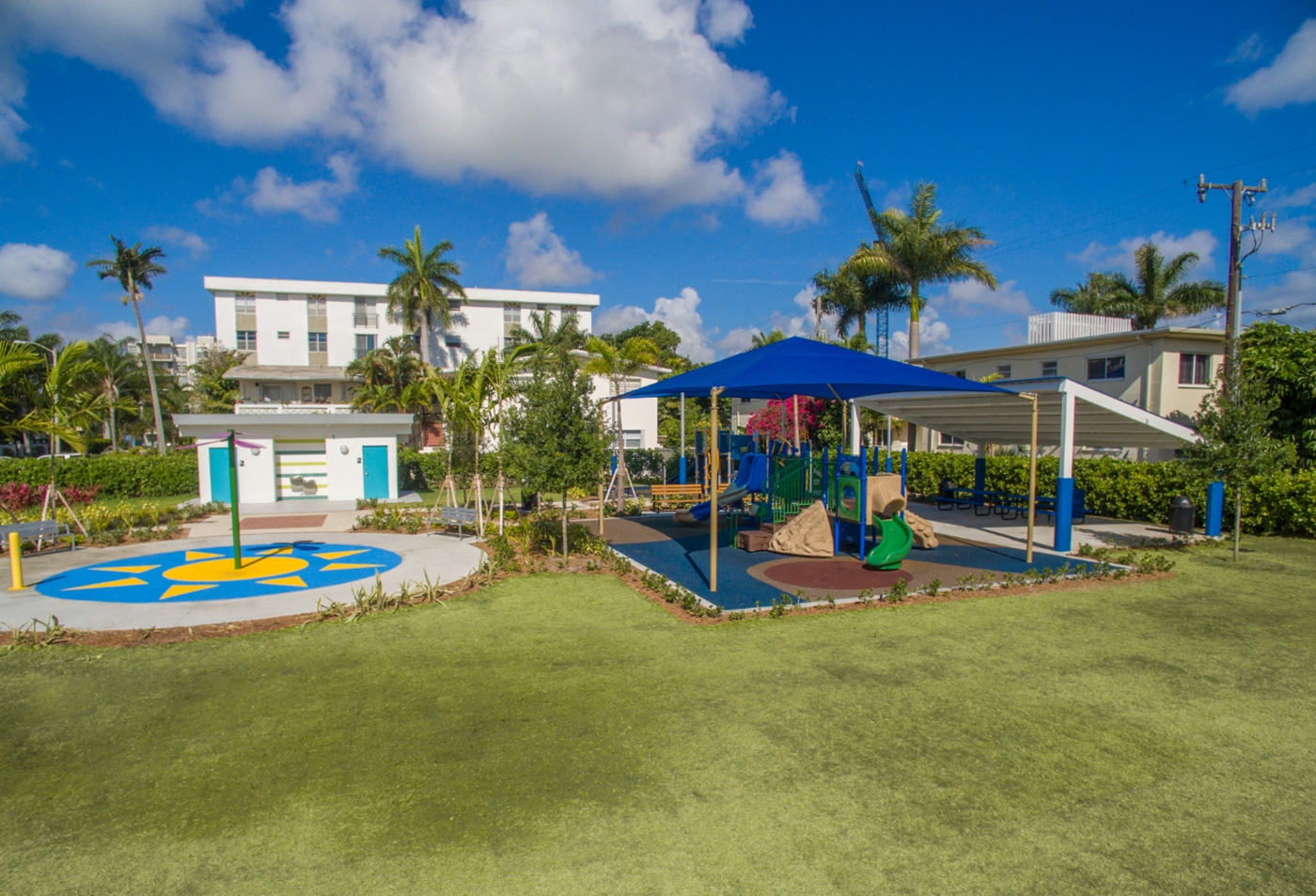
Deerfield Beach Building Department
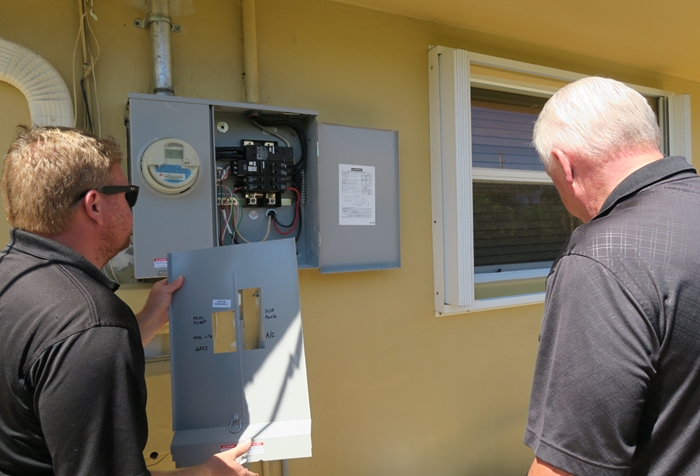
Estero Building Department
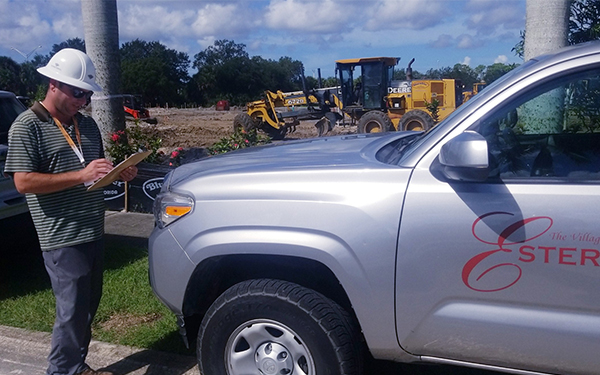
Complete Streets Hollywood Blvd.
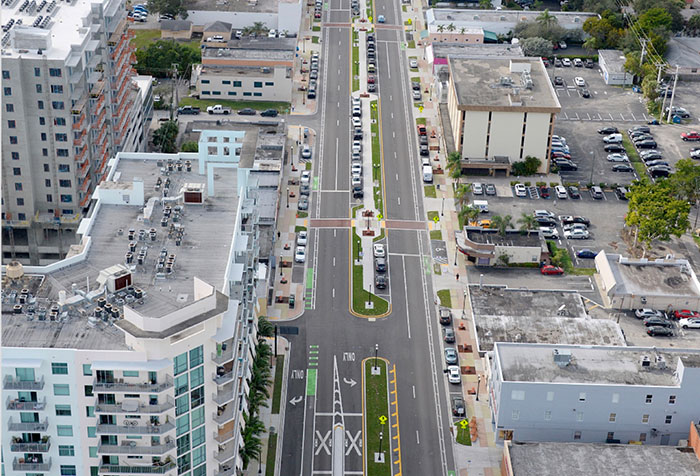
Campbell Drive
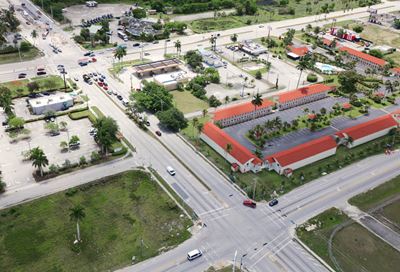
I95 Rigid Pavement

South Florida DMS Improvement and Replacement

SW 2nd Avenue Streetscape Project
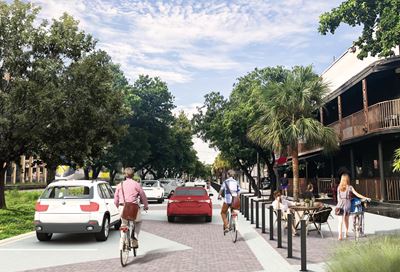
Lighthouse Point Building Department

Rickenbacker Causeway Bridge Rehabilitation
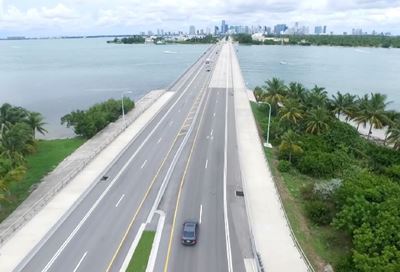
Pembroke Pines Building Department
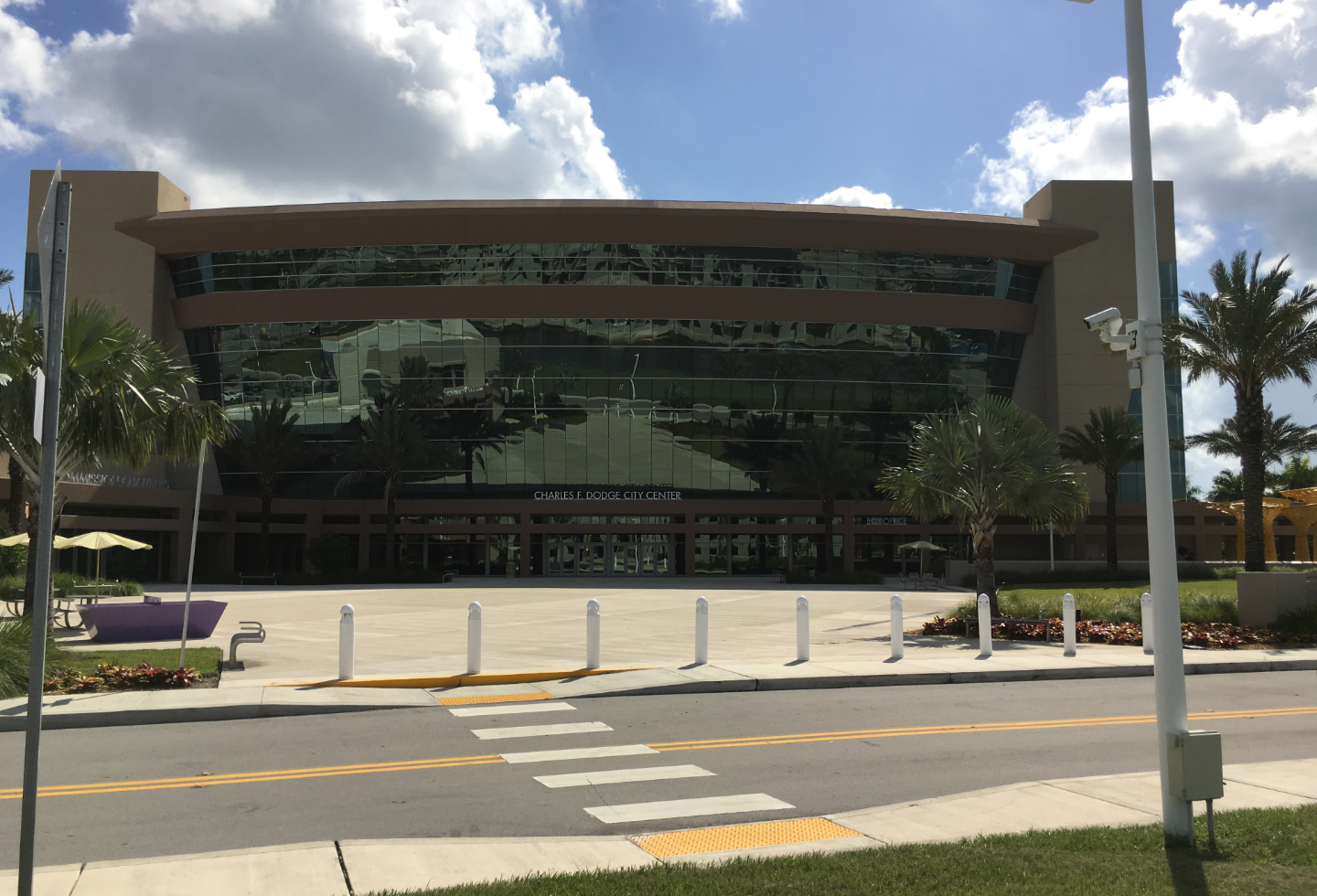
PlanItPompano!
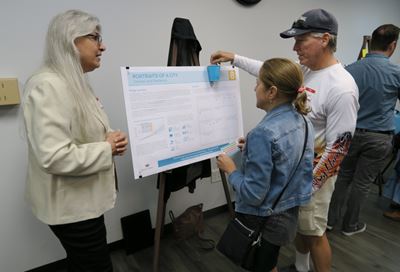
Surfside Corridor Analysis
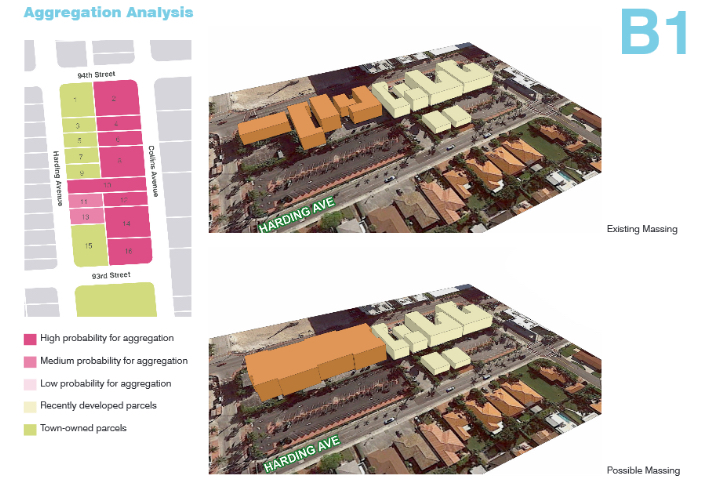
Tamarac Corridor Study

Weston Emergency Operations Center

Wilton Manors Urban Form & Density Study
